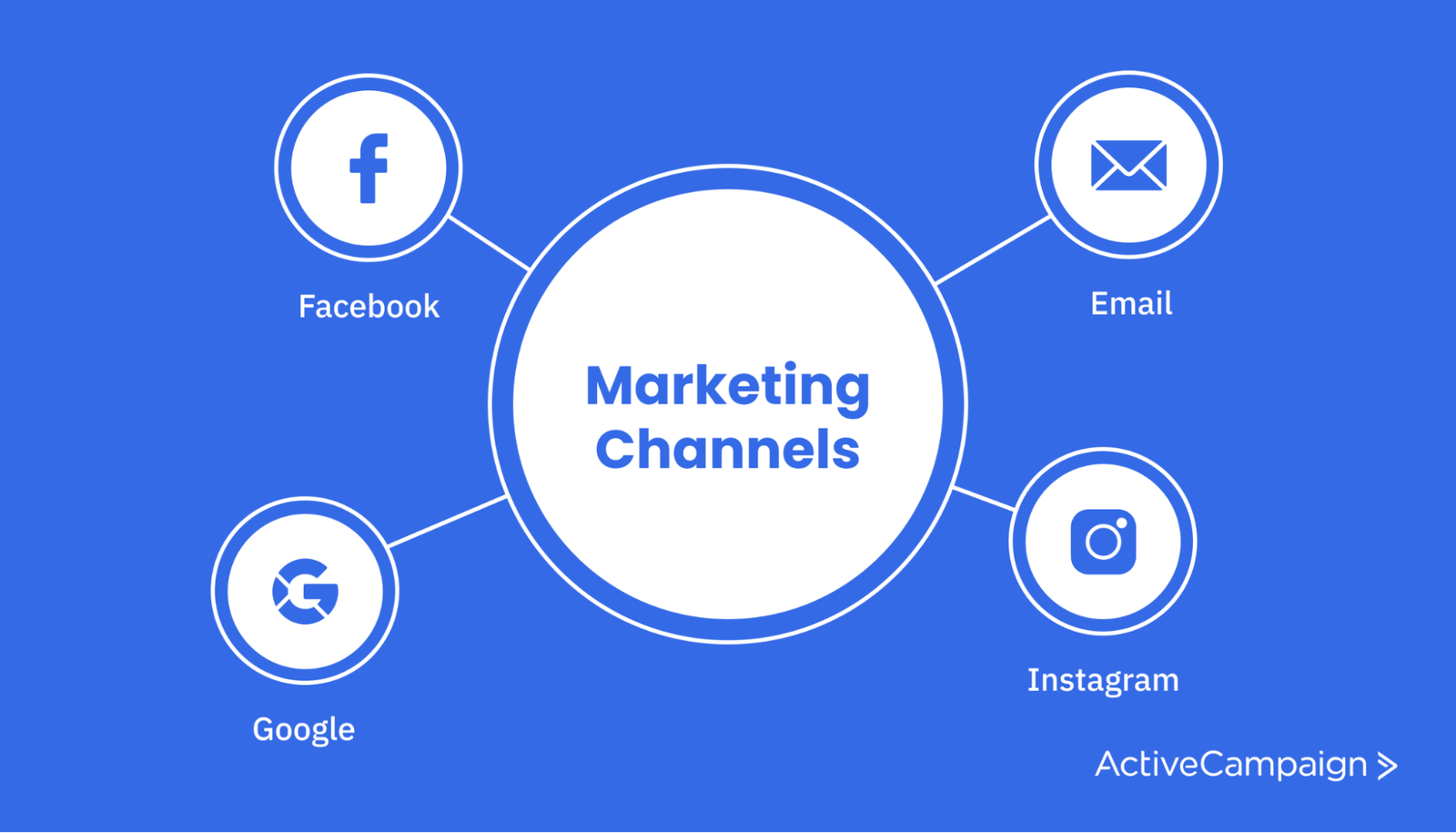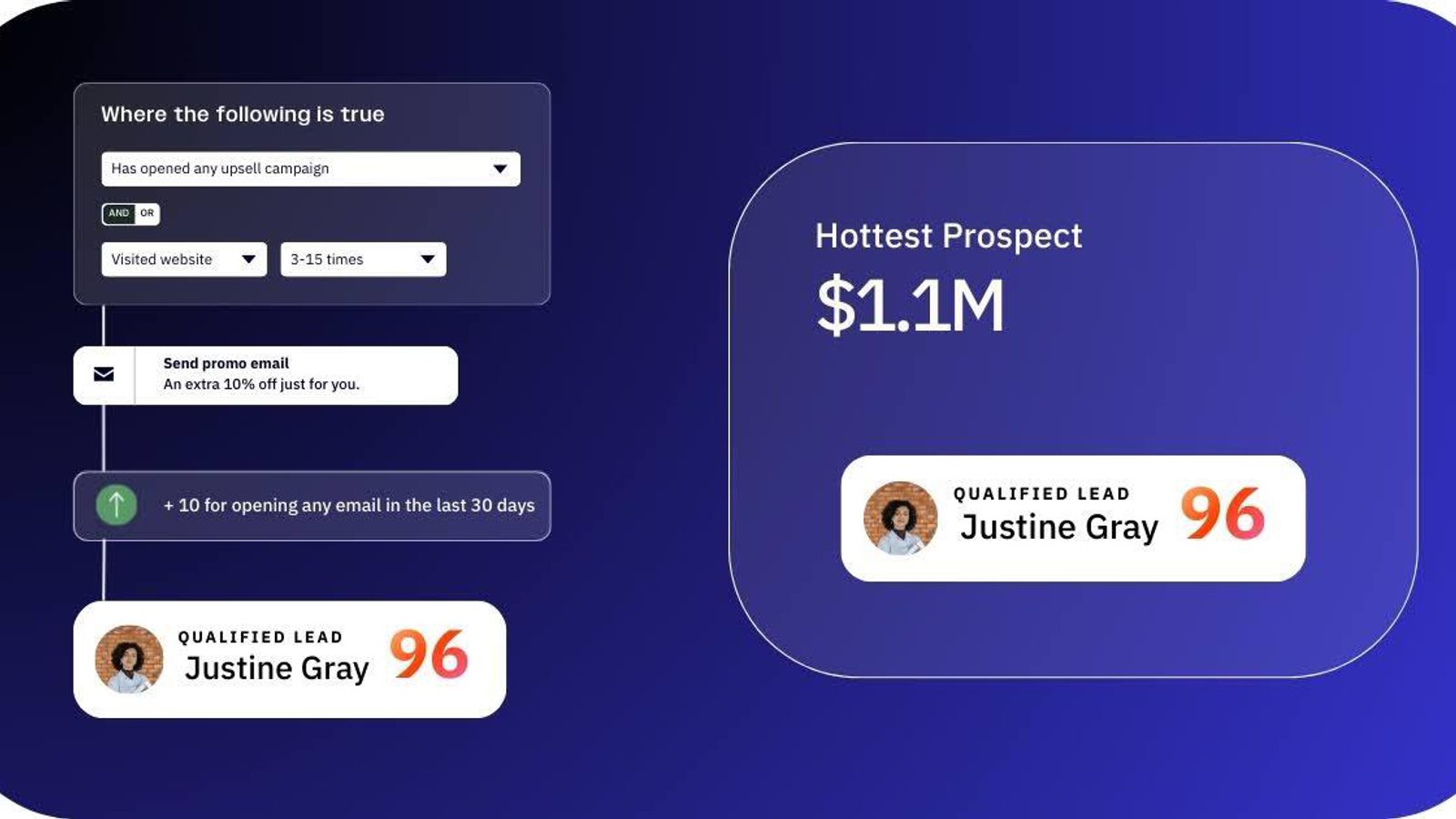Marketers are deeply interested in measuring the effectiveness of their campaigns and discovering the ROI of their best marketing channels, whether that be organic search or email marketing.
You want to know which touch points a customer interacted with before they converted to judge where to spend your marketing budget and ensure you get a higher conversion rate on your marketing campaigns in the future.
All your marketing channels work to some degree, but some have a better rate of return and therefore deserve more attention.

In an ideal world, we’d sit down with every customer and talk them through their path to conversion, and they would explain the reasoning behind every decision they made. However, it’s impossible to ask every customer what pathway they took before they converted, so the next best solution is to track them with marketing attribution.
Table of contents
What is marketing attribution?
Marketing attribution is a reporting method to show which touchpoints during the customer journey impact the action you want people to take—like making a purchase, filling out a form, or completing another type of customer conversion.
Marketing attribution helps you assess the ROI of your marketing methods to connect with your customers and understand what channels are generating the most revenue.
One of a marketer’s top priorities is improving marketing attribution and ROI. It’s an important area for marketers to invest their efforts and adjust their campaigns to fulfill their customers' needs.
It would be easier if customers simply followed the path you set out for them, from awareness to conversion. The reality is that customers often take an unpredictable route. They may repeat touchpoints, miss expected touchpoints, and encounter touchpoints that you wouldn’t expect.
Marketing attribution follows these steps and gives you visibility into the customer journey to understand where customers are coming from. It allows you to progress from guessing where you should spend your marketing budget to arriving at true insight into what touchpoints lead your customers to convert.

What are common marketing attribution models?
The most popular examples of common marketing attribution models are as follows:
- First-touch attribution: First-touch gives all the credit for a conversion to your business’s first touchpoint with the customer. It doesn’t take any other touchpoints into account.
- Last-touch attribution: Last-touch attribution credits a customer conversion with the last interaction they had before converting. It doesn’t take any previous interactions into account, so it’s an overly simple approach you should combine with another marketing attribution model like linear attribution.
- Linear attribution: A linear attribution model divides credit for a conversion equally between every touchpoint the customer has with your business on the way to a conversion.
- Time decay attribution: Time decay attribution also distributes credit equally between all touchpoints. But this model also considers when the touchpoint occurred. The closer a touchpoint is to the moment of conversion, the more attribution value that touchpoint gets.
- Last non-direct click attribution: This is similar to last-touch attribution because credit still goes to the last touchpoint. But, with the last non-direct click, it eliminates any “direct” interactions that happen right before the conversion.
- Position-based attribution: Also called the “U-shaped attribution model,” position-based attribution splits the credit for conversion between the first and last touchpoints a prospect interacts with.
Marketing Attribution Made Easy
How to measure marketing attribution?
Marketing attribution is measured by choosing a particular model to use as a lens to view customer activity. Attribution modeling tells you which campaigns and channels were the most successful at converting your leads into paying customers and which marketing touchpoints customers encountered on their journey.
For example, you can use CRM and marketing attribution tools like ActiveCampaign to run Conversion Attribution Reports that will tell you how effective the touchpoints were that contributed to a customer’s conversion. This marketing report runs using a last-touch attribution model, highlighting the final touchpoint that the customer interacted with before taking your desired action.
You can also use Google Analytics (or other analytics platforms) to get insights into your marketing performance using different attribution models in the Model Comparison Tool. You can even create a custom model using various rules, such as how a customer interacts with content and assigning different weights to each touchpoint.

But before you can do this, you need to set up reliable conversion tracking in Google Analytics, for example, for a sale or lead conversion.
What is multi-touch attribution?
Multi-touch attribution differs from single-touch attribution because it divides the weighting of each touchpoint throughout the buyer’s journey and gives a more complex overview of how the customer came to convert.
Multi-touch attribution models account for the entire journey rather than a single touchpoint. It measures the impact of multiple marketing touchpoints to analyze which marketing channels have successfully led a customer to convert. In contrast to single-touch attribution, it gives a complete picture of the customer's journey rather than crediting their conversion to the last channel they interacted with.
With multi-touch attribution, you avoid the pitfall of placing too much emphasis on the last or first channel that a customer interacts with. Multiple touchpoints may be contributing value to the customer journey and deserve to be included in your analysis. Check out our free marketing campaign analysis templates to learn how to bring everything together for an awesome report!
Conclusion
Without measuring the effectiveness of your marketing channels, you won’t know which marketing touchpoints led your customers to convert or which channels you need to focus your attention on. Your marketing strategy won’t be as successful because your marketing team will use guesswork or focus on vanity metrics instead of making data-driven decisions.
Marketing attribution appeals to senior leadership because it tells you how much revenue you make from particular channels. When you can justify marketing spending, you are more likely to get more budget from management and will be able to allocate it to the correct campaigns.
When critical campaigns are accurately measured, marketing activities become more focused, and success becomes repeatable.








